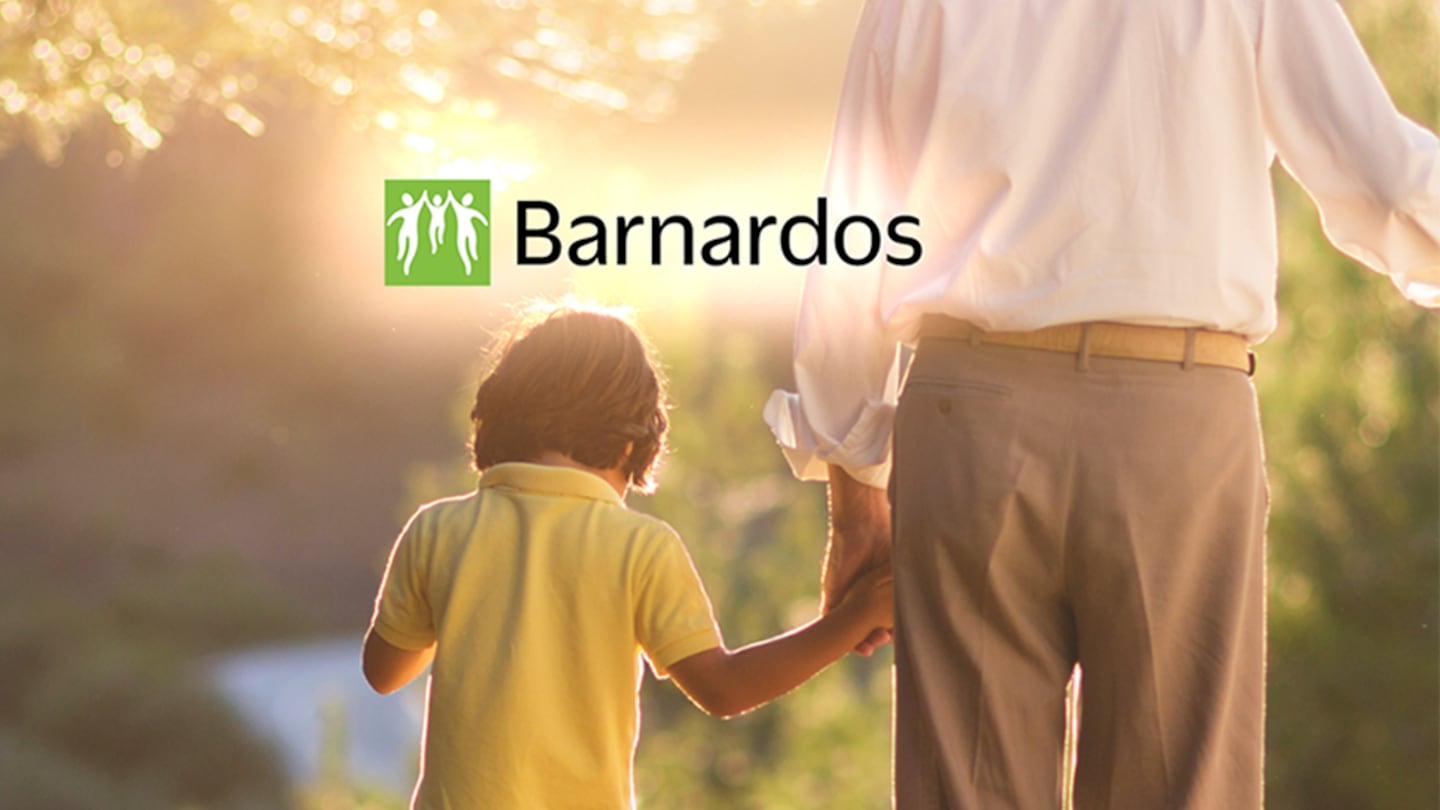The Stroke Foundation has partnered with child and youth mental health provider Barnardos to help tamariki and rangatahi cope with the effects of a stroke in their whānau. Strokes are more common among Māori, particularly women.
Stroke Foundation chief executive Jo Lambert says this partnership is looking to cater to the mental well-being of those who are adversely affected by a stroke in the whānau.
“There are lots of things at play here. So what we’re trying to do is make sure our rangatahi and tamariki understand what a stroke is but also what the impacts of that stroke might be, why things have changed in their life, and we’re doing that through the partnership with Barnardos and making sure that there’s counselling available. And we’re offering information on the website, where we’ve got You Tube clips. So it’s about giving them the information and tools to help them get through what is a very troubling time,” Lambert says.
Statistics show Māori are 1.5 times more likely to be hospitalised because of a stroke and, for women, it is far greater, with Māori wāhine twice as likely to have a stroke compared to non-Māori.
It is an experience that Lambert is all too familiar with: “My mother had a stroke when I was 19 and it took her out of work, and I became a family carer with my siblings and my father.”
A stroke can cause hardships among families affected, However, Barnardos boss Jo Harrison says the role this partnership will play is to help ease those burdens.
“It’s really about making sure the tamariki and rangatahi who are affected within the whānau actually have somewhere else to talk. Clearly, they will be getting support from their own whānau as well but also having that separate space to be able to say, ‘Hey. actually this is how it feels for me, I don’t want to add to my whānau worries, I want to be able to have a little safe space where I can talk about what that feels like,’” Harrison says.
“The future is about that ability to be responsive and flexible and creative, and for Māori whānau who unfortunately are adversely affected, I think this is also one of the things we can do is connect to local communities.”

